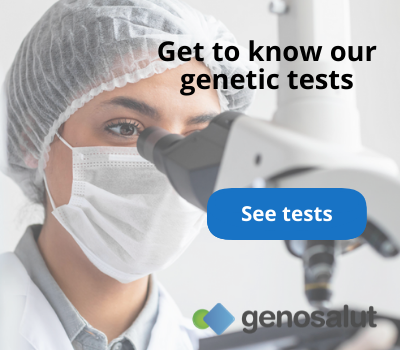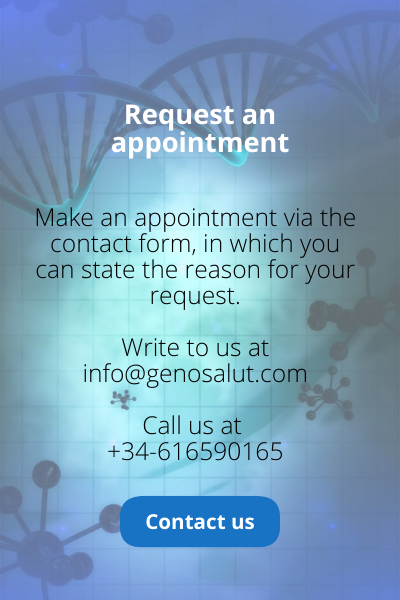New rare neurodevelopmental disease and its genetic cause discovered
Researchers from hospitals and research centres around the world have discovered a new rare neurodevelopmental disease. The disease is caused by a defect in the ESAM gene, which manifests as disruption of the blood-brain barrier. Affected individuals suffer from profound global developmental delay/unspecified intellectual disability, epilepsy, absent or severely delayed speech, varying degrees of spasticity, ventriculomegaly and intracranial haemorrhage/brain calcifications.



